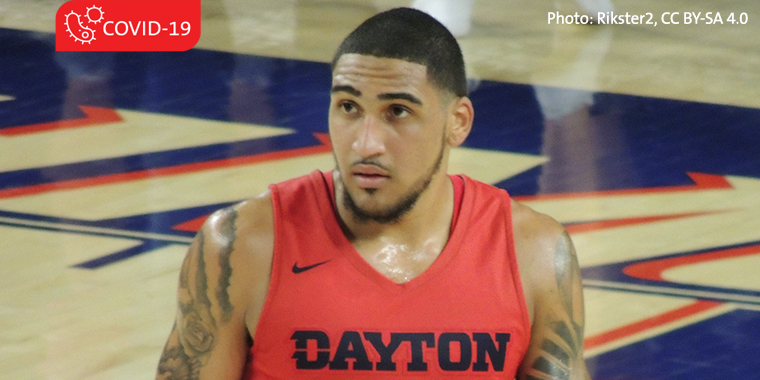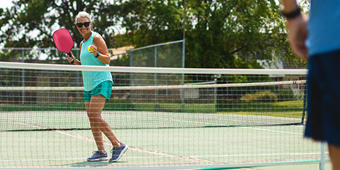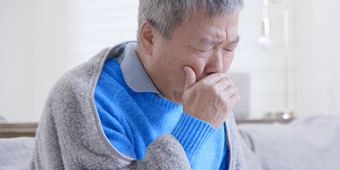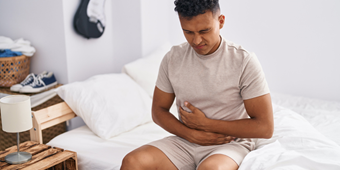Student Athletes Overcome COVID-19 Challenges

Find Your Perfect Match
Answer a few questions and we'll provide you with a list of primary care providers that best fit your needs.
Standout power forward Obi Toppin of the University of Dayton Flyers will long remember cancellation of the 2020 NCAA Men’s Basketball Tournament as a “what might have been” opportunity dashed by the COVID-19 pandemic. The disappointment for Toppin has been softened this week by being the #8 pick in the 2020 NBA draft. Toppin will return to his home state and be a part of the New York Knicks.
A new crop of student athletes across the country, however, worry how COVID-19 could damage their chances of advancing from college to professional sports or high school to college athletics.
“I feel for the seniors, and even sophomores and juniors who were hoping to have a breakout season and get recruited for college,” says Aloiya Kremer, MD, who serves on Premier Orthopedic’s sports medicine team for the University of Dayton.
“Will I have a season?” and “What if it’s interrupted?” are common questions student athletes continue to ask themselves. In the face of uncertainty, Dr. Kremer says it can be difficult to stay focused on peak performance. Anxiety may spill over into problems with sleep, relationships, or school performance.
She highly recommends that athletes of any age or level reach out to a sports medicine physician or other resource for personalized tips and strategies if they are having significant levels of stress and anxiety.
“Anxiety is very normal. It’s not anything to be ashamed of if an athlete is having a mental health issue or is really struggling,” Dr. Kremer comments.
She adds that for those athletes whose seasons have been delayed or put on hold indefinitely, staying connected to teammates, even if they aren’t practicing together, helps to normalize the experience. Everyone is going through the pandemic experience, and it’s therapeutic to build a sense of camaraderie and commiserate with each other.
Overcoming De-Conditioning
For those waiting around for their sport to resume, Dr. Kremer says the athletes she’s seen are doing a great job working out on their own. If an athlete has become somewhat out of shape, she recommends these tips to safely re-enter a sport:
- For runners or endurance athletes, start slow and increase your mileage or intensity by 10 percent per week to avoid overuse injuries.
- For sports like basketball that require bursts of energy, 10 percent increases can be harder to gauge. Focus on gradually ramping up and paying attention to the difference between normal muscle soreness and discomfort or pain.
- Have sharp, targeted pain checked out by a physician before continuing to play.
- Eat nutritious meals and stay hydrated to support your body and immune system.
Returning To Sport After Having COVID-19
The vast majority of athletes, ages 18 to 22, are very healthy. Those with COVID-19 have been either asymptomatic or have had very mild symptoms for one to three days, according to Dr. Kremer. There are still some unknowns, however, about the safest way to resume playing a sport after having COVID-19.
“We’ve been extremely cautious,” Dr. Kremer says. “Athletes all have to go through a certain screening process to be cleared to go back to their sport, even if they had no symptoms at all.”
A major concern has been myocarditis which is rare but more frequently detected following COVID-19 as compared to other viruses. Myocarditis is an inflammation of the heart muscle as a reaction to a virus.
“It can happen after the flu or any viral infection,” Dr. Kremer continues. “Usually it's diagnosed because somebody has had an out-of-the-ordinary symptom like shortness of breath or chest pain after being sick. If they have these symptoms as they go back to sports and they're getting their heart rate and blood pressure up, it would flag us to say maybe we should do some cardiac testing.”
What’s unique about COVID-19 is that there is so much more testing around it, which may account for the higher detection of myocarditis. Doctors’ new challenge is to determine whether inflammation without symptoms is something that requires medical intervention.
For now, Dr. Kremer says the general rule following diagnosis is to take 10 days off from exercising, even if COVID-19 produces only a little cold or no symptoms. “Taking that extra time to prevent any cardiac inflammation is important,” she counsels. “You’ll bounce back quickly as long as you safely ease back into your activity.”
One positive thing she has noted during the struggles of 2020 is that “athletes have become more grateful for the ability to play and they don’t take it for granted. They’re completely playing to their maximum potential every time they get the opportunity.”
Find Your Perfect Match
Answer a few questions and we'll provide you with a list of primary care providers that best fit your needs.
Sources: Aloiya Kremer, MD; Premier Orthopedics




